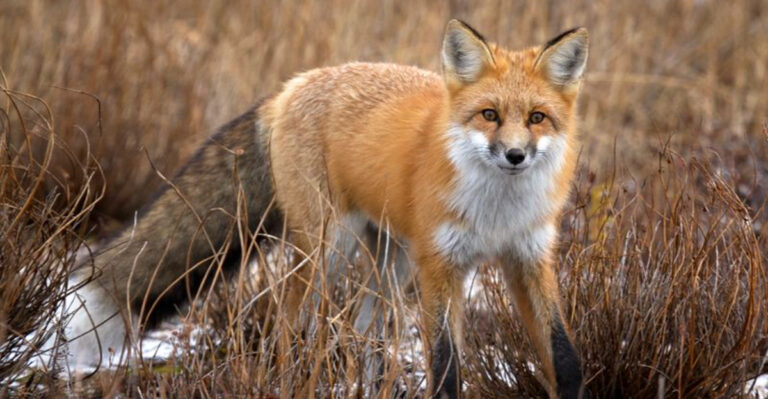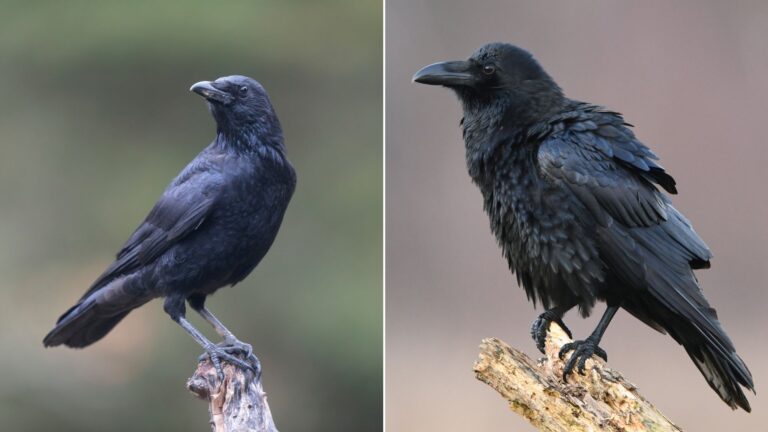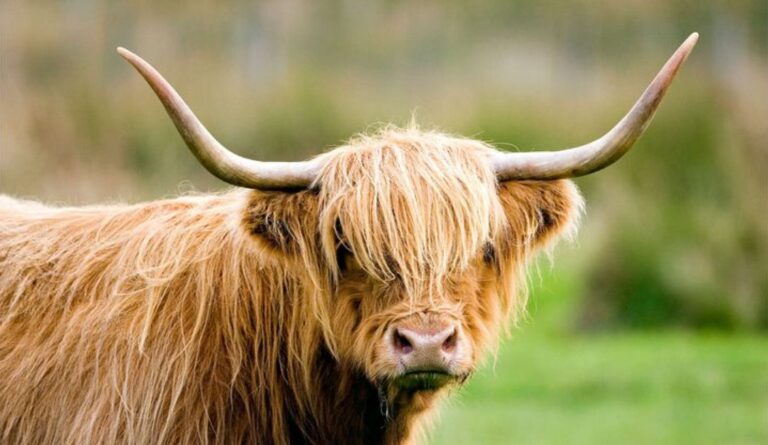Dark Fur Of Prehistoric Mammals Was Key To Survival
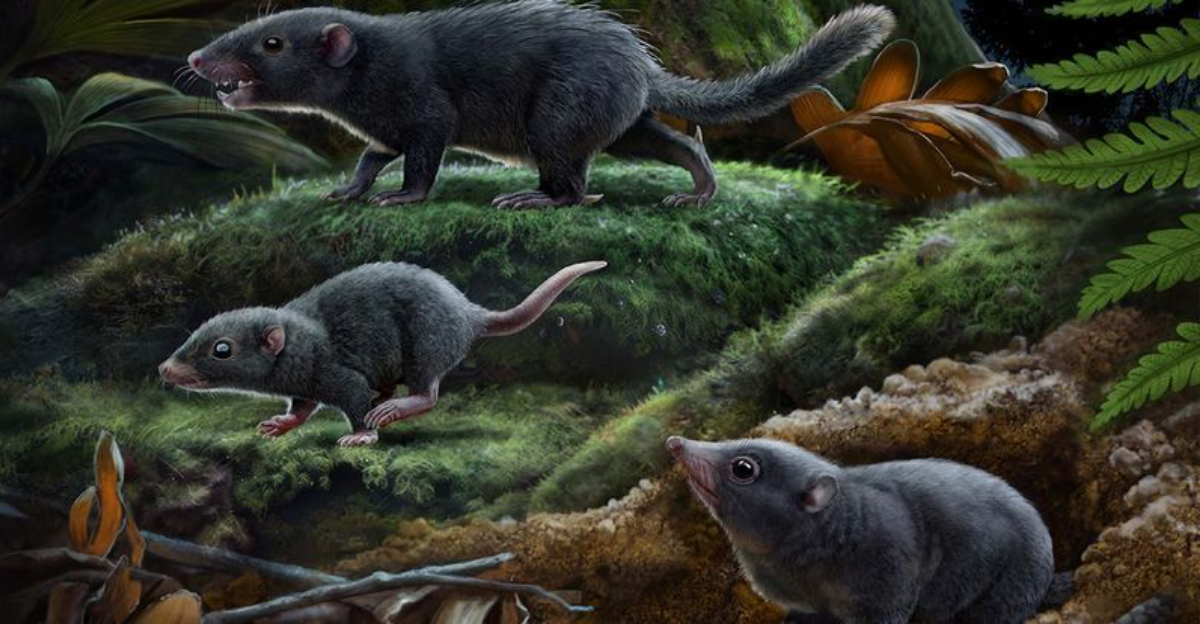
Long before humans roamed the Earth, prehistoric mammals faced harsh survival challenges during extreme climate shifts.
Their dark fur wasn’t just a fashion statement—it was a crucial adaptation that helped these ancient creatures endure ice ages, avoid predators, and thrive in challenging environments. The color of their coats played a surprising role in determining which species would survive to pass on their genes.
The Role Of Fur In Prehistoric Mammal Survival
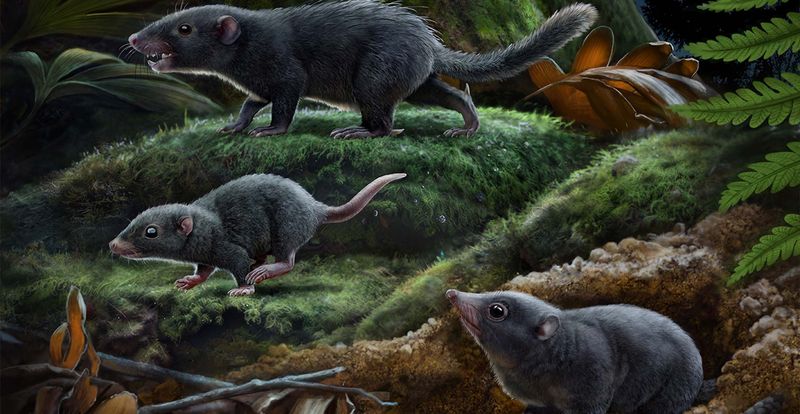
Fur served as nature’s first winter coat for ancient mammals. Unlike reptiles, these furry creatures could maintain body heat during frigid prehistoric nights.
This temperature regulation advantage allowed mammals to remain active when reptilian competitors went dormant. The evolutionary edge fur provided was so significant that it became a defining mammalian trait, helping small nocturnal creatures survive while dinosaurs dominated daytime activities.
How Dark Fur Helped Mammals Stay Warm During Ice Ages
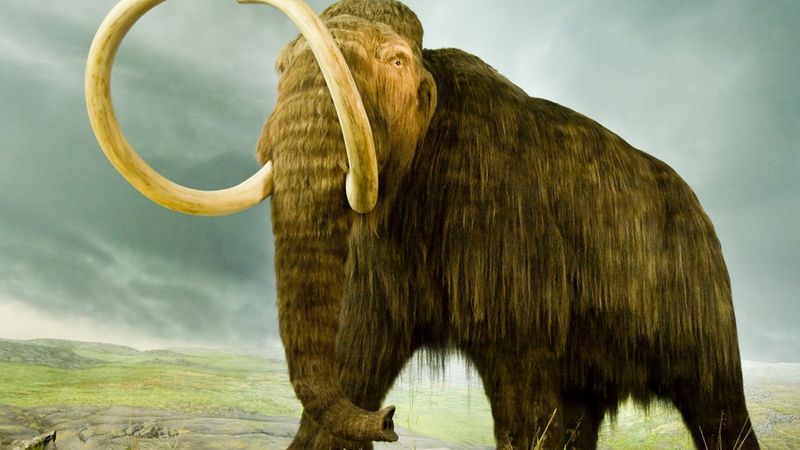
Dark colors absorb more solar radiation than lighter shades—a crucial advantage during prehistoric ice ages. When temperatures plummeted below freezing, mammals with darker fur could soak up precious sunlight like tiny solar panels.
Even brief exposure to winter sun could raise their fur temperature by several degrees. This heat-trapping ability meant the difference between survival and freezing during the harshest cold snaps that lasted thousands of years.
Camouflage Benefits Of Dark Fur For Prehistoric Mammals
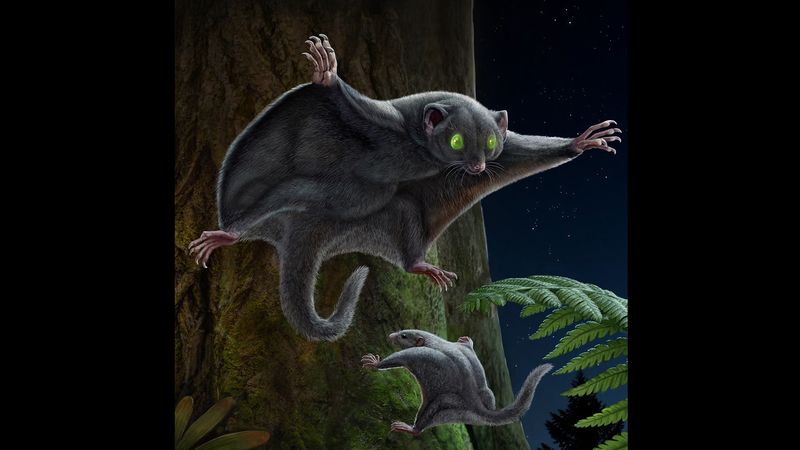
Sneaking through shadows became easier with darker coats. Prehistoric forests and twilight hours offered perfect hiding spots for mammals sporting brown, black, or gray fur.
Predators couldn’t spot them lurking in tree hollows or underbrush. For smaller mammals especially, this invisibility cloak meant they could forage while staying off the menu themselves. Many nocturnal species evolved particularly dark coloration to blend seamlessly into the night.
The Evolution Of Fur Color In Early Mammals
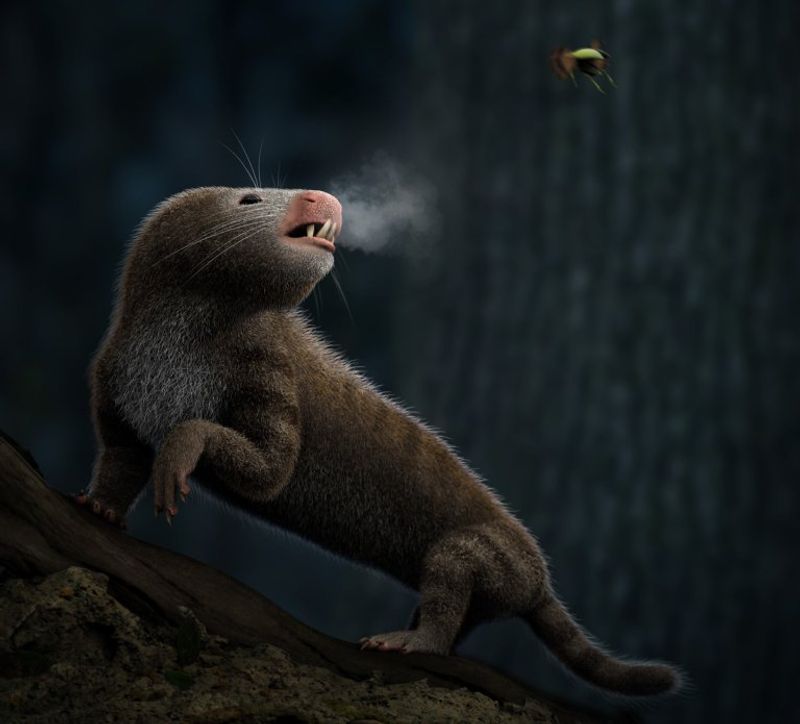
Genetic studies reveal our earliest mammal ancestors likely had brownish-black fur. This wasn’t random—natural selection favored these darker shades for over 100 million years.
Fossil evidence and comparative biology show lighter fur variations appeared much later. The shift from scaly reptilian ancestors to furry mammals brought this color change, with melanin (the dark pigment) providing additional benefits like UV protection and resistance to wear and tear on hair shafts.
Thermal Regulation And The Need For Darker Fur
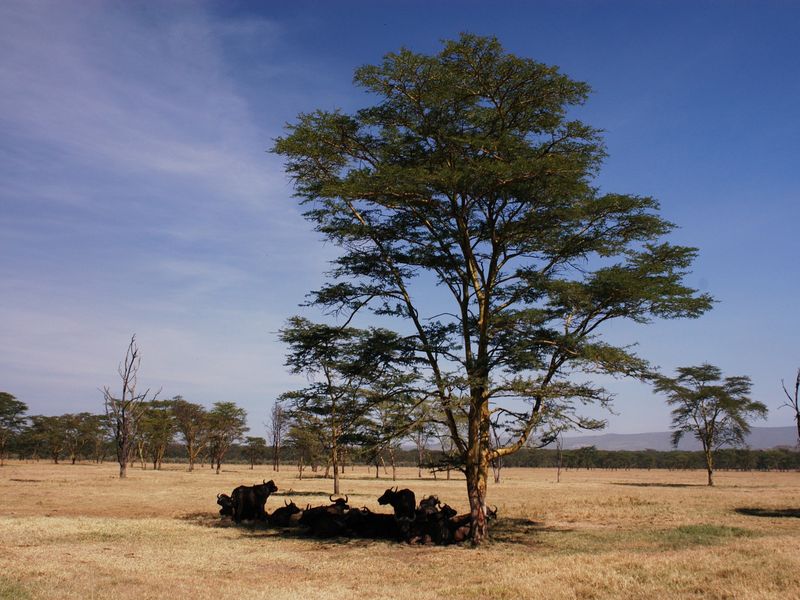
Beyond just absorbing heat, dark fur created a microclimate against mammalian skin. The pigment melanin in darker coats helped regulate temperature in both cold and hot conditions.
Surprisingly, dark fur sometimes cooled animals by allowing better air circulation near the skin. This dual heating-cooling system proved essential during unstable prehistoric climates when temperatures could swing dramatically. Animals could survive both freezing nights and intense daytime sun with the same coat.
Why Smaller Mammals Benefited Most From Dark Fur
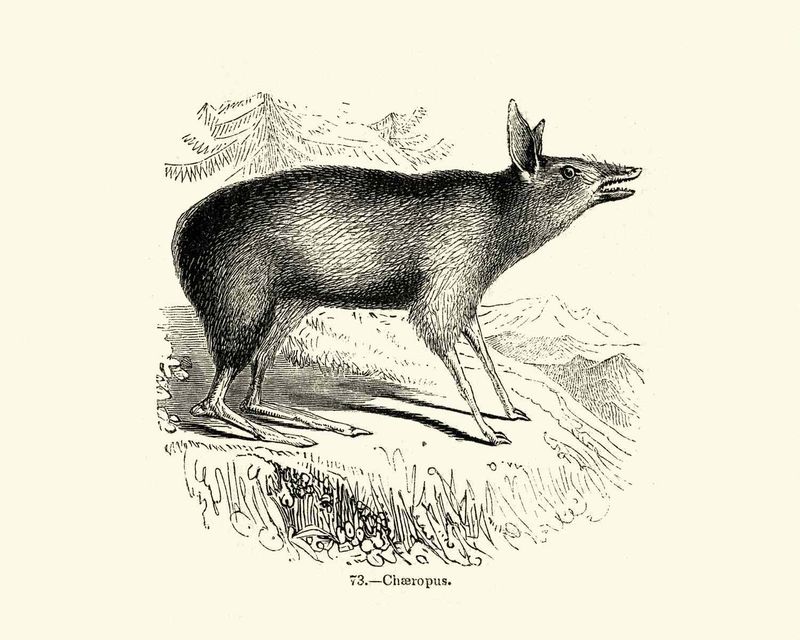
Tiny prehistoric mammals faced a critical challenge: their small bodies lost heat rapidly. With higher surface-area-to-volume ratios, mouse-sized creatures needed every warming advantage possible.
Dark fur became their lifesaver during cold periods. These smaller species—many weighing under a pound—represented the main mammal types during the dinosaur era. Their successful adaptation with dark fur allowed them to survive in burrows and nighttime environments when larger creatures couldn’t maintain body temperature.
Fossil Evidence That Supports Dark Fur Adaptation

Remarkably, some fossils preserve actual fur impressions! These rare finds show prehistoric mammals had dense, often dark-colored coats. Scientists analyze these imprints using electron microscopes to reveal melanin structures.
One famous example from China shows a 125-million-year-old mammal with clear fur patterns. Chemical analysis of these fossils detects melanin compounds, confirming many early mammals indeed had dark fur rather than lighter shades, supporting theories about thermal advantages.
Prehistoric Mammals’ Strategies For Surviving Harsh Climates
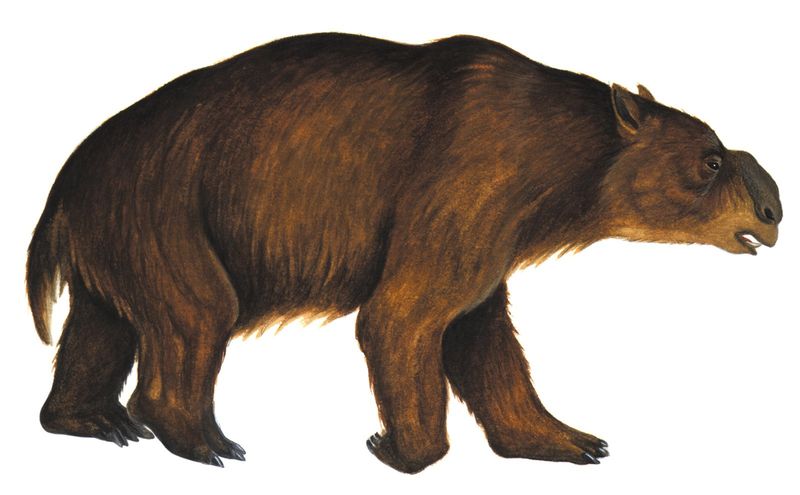
Dark fur formed just one part of an impressive survival toolkit. Combined with behaviors like burrowing and hibernation, these adaptations created a powerful defense against extreme weather.
Mammals that couldn’t migrate needed multiple strategies working together. Their metabolic adaptations paired perfectly with dark fur’s heating properties. This combination approach proved so successful that mammals survived multiple extinction events, including the one that eliminated non-avian dinosaurs 66 million years ago.
How Fur Color Influenced Predator-Prey Dynamics
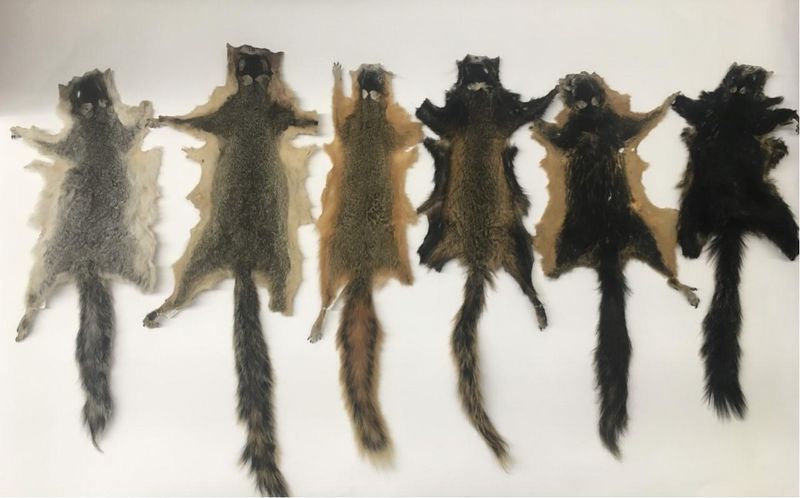
Dark fur created an evolutionary arms race between hunters and hunted. Predatory mammals evolved better night vision to spot dark-furred prey hiding in shadows.
Prey species countered with enhanced hearing and smell to detect approaching threats. This constant adaptation pushed mammalian senses to become extraordinarily acute. The pressure to remain hidden while having dark fur for thermal benefits shaped entire ecosystems and hunting patterns long before humans entered the scene.


